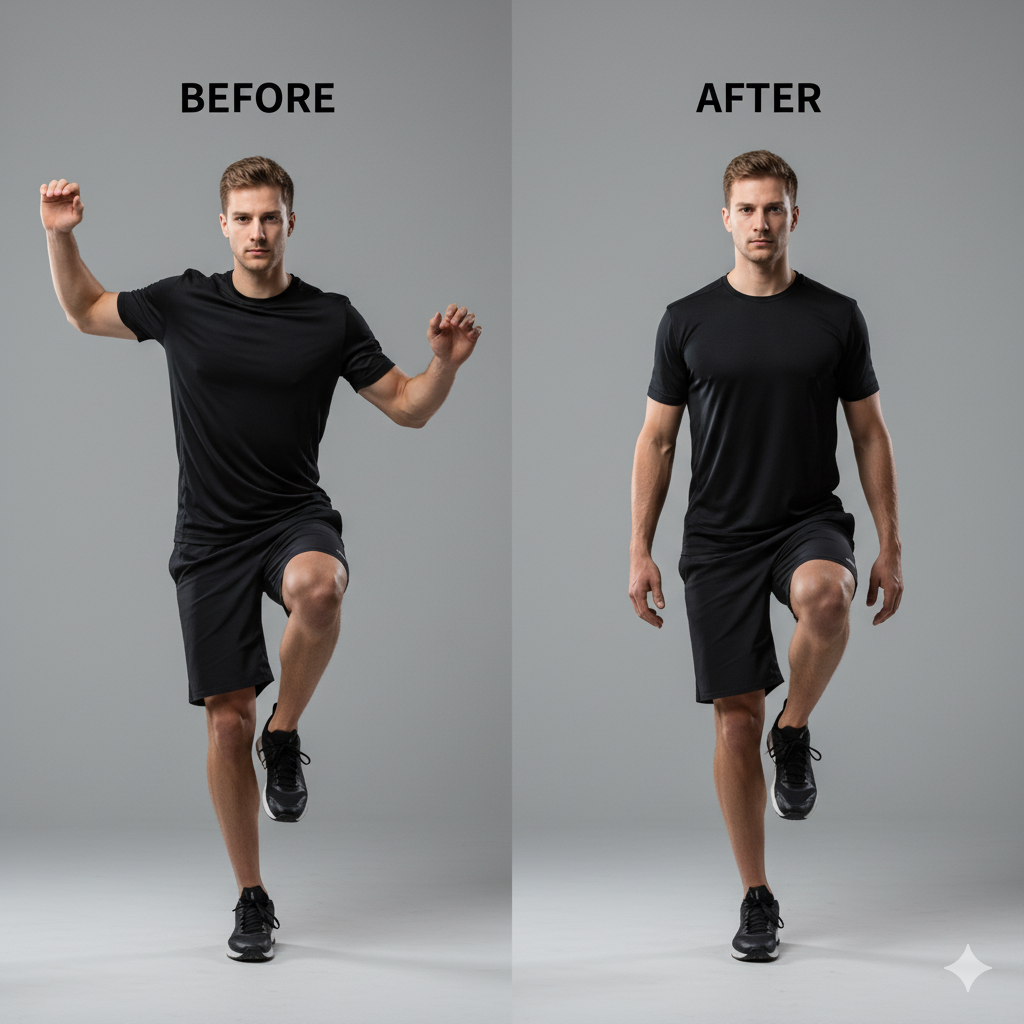We don’t just teach hockey. We rebuild the foundation that makes great hockey players—starting with how your body moves off the ice.
For decades, hockey coaching has relied on vague, generalized advice that doesn’t address the real issue: most players physically can’t execute what they’re being told to do.
Coaches yell this constantly, but if your ankles are tight or you’re tying your skates wrong, you literally cannot achieve proper shin angle. The command is meaningless without the mobility to execute it.
Traditional training treats every player the same. No assessment of individual limitations, no attention to asymmetries, and no foundation-building—just harder work without addressing why the body can’t perform.
Ice time is costly and scarce, especially in the South. Relying solely on on-ice training means slower progress, less precision, and wasted potential. Real improvement happens when you move better off the ice first.
Hockey Balance breaks down every movement to the base level and rebuilds from the foundation up. We eliminate old-school mentalities and address what traditional coaches ignore: the underlying movement quality that determines on-ice performance.
Mobility and strength before skill.
We don’t analyze just your skating—we look at whether you can even get into proper posture off the ice. We identify weaknesses and build from there.
Why they trump intensity alone:
When the body functions better, you get better control on the ice. Balance isn’t optional—it’s everything.
Practical application, no jargon.
You need to skate like a figure skater, have hand-eye coordination like a baseball player, endurance to stay in a squat, and take hits like a football player. We prepare you for all of it.
When you move better off the ice—ankles, posture, balance—every stride, turn, and shot becomes more efficient on it. Movement quality is the shortcut to hockey performance.

With better alignment and shin angle, you conserve energy, hold edges longer, and keep your chest free for vision and control — so every stride and shot starts in a stronger position.

We build single-leg strength and proprioception so you can link edges through transitions, and stay centered through contact. Expect cleaner turns, quicker recoveries, and repeatable skill under pressure.

Targeted ankle, hip, and thoracic mobility create the angles hockey demands. More dorsiflexion sets shin angle, freer hips extend stride, and an open upper back refines shot mechanics—so effort converts into speed, agility, and a smoother release.
Ice time is expensive and limited, especially in the South. Off-ice training allows us to address the foundational movement issues that prevent proper on-ice execution—things like ankle mobility, single-leg strength, and postural control. When you move better off the ice, you progress faster and with more precision on the ice. It’s the most efficient, affordable path to real improvement.
Absolutely. Most players are told to “bend your knees” or “get lower,” but they physically can’t because of tight ankles or poor mobility. Once we unlock ankle mobility, you can finally achieve proper shin angle—the foundation of explosive skating. Mobility isn’t just flexibility; it’s the key to unlocking movements your body couldn’t do before.
Traditional strength and conditioning focuses on getting stronger and faster, but often ignores movement quality and asymmetries. We prioritize foundational movement first—addressing imbalances, building single-leg strength, and ensuring your body can actually move the way hockey demands. Strength without proper movement patterns leads to injury and plateau. We build both, correctly.
Hockey is played on one leg at a time. Single-leg training forces your weak side to develop symmetrically, eliminates imbalances, and builds the stability needed for explosive skating, tight turns, and injury prevention. It’s not optional—it’s essential for high-level performance.
Athletes typically notice improved comfort, balance, and control within 4-6 weeks. Significant changes in skating power, shot mechanics, and on-ice confidence usually appear within 8-12 weeks of consistent training. The key is consistency and addressing your specific limitations.
Yes. Whether you’re a beginner learning fundamentals or an elite player looking to eliminate limitations, our movement-first approach scales to your level. We assess individual needs and tailor training accordingly—everyone has foundational movement to improve.